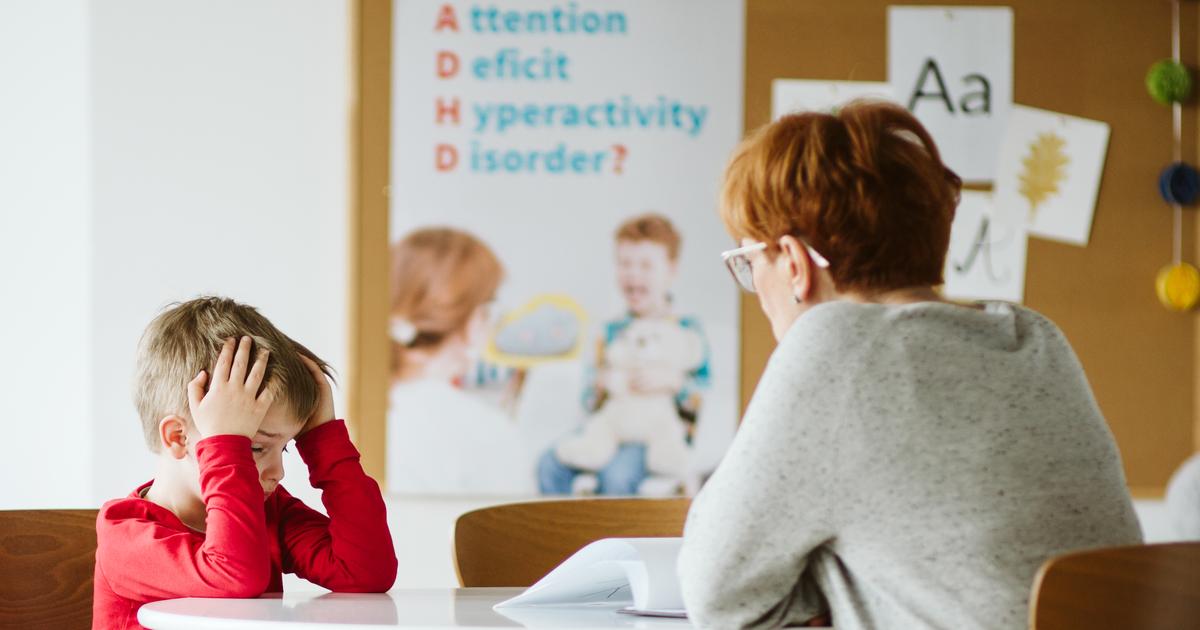Common Causes And Risk Factors For Dyspraxia And Overlapping Conditions
Attention Deficit Hyperactivity Disorder

Attention deficit hyperactivity disorder (ADHD) is a neurodevelopmental disorder that usually starts in early childhood. Patients with ADHD might have trouble with concentration, and they could struggle to regulate impulsive behaviors. They may act without thinking about the possible results of their actions. These individuals are often overly active as well, and they could have trouble sitting for more than a few minutes. Attention deficit hyperactivity disorder may cause children to talk too much and to fidget or squirm in their seats, and they might have trouble resisting temptation, taking turns, and getting along with others. They could tend to daydream a lot, and they might forget or lose items frequently. ADHD may cause problems with school performance and with socializing, and the condition usually persists into adulthood. To diagnose attention deficit hyperactivity disorder, doctors will need to perform a physical examination that includes vision and hearing tests. These tests are necessary to eliminate other possible causes of the patient's symptoms. The child's parents and teachers will be asked about the history of the child's symptoms and about which seem most prominent. Sometimes, the child might also be asked to give a history of his or her symptoms as well. Treatment usually includes a combination of medication and behavioral therapy. For children in preschool, most experts suggest trying behavioral therapy and parental training before medication is considered. Patients will be closely monitored by their healthcare team, and treatment plans will be adjusted as needed.
Get additional details on the conditions that often coincide with dyspraxia now.
Childhood Apraxia Of Speech

Childhood apraxia of speech is an uncommon condition that impacts a patient's speech. The condition causes the patient to have trouble making accurate movements during speech. Although the muscles needed for speaking are not weak, the brain struggles to coordinate the proper movements required for speech. When childhood apraxia of speech is present, the patient might start speaking later than others, and might only be able to form a few vowel or consonant sounds. The child may have a limited number of spoken words in general. Between the ages of two and four, patients with this condition might place a separation between syllables while speaking, and vowel and consonant sounds could be distorted. Voicing errors might occur as well. To diagnose childhood apraxia of speech, children will have hearing tests, a speech evaluation, and oral-motor tests. Treatment includes speech therapy with speech drills, vowel practice, and sound and movement exercises. Parents will also be encouraged to practice speaking skills with their child at home and to review what was learned in speech therapy.
